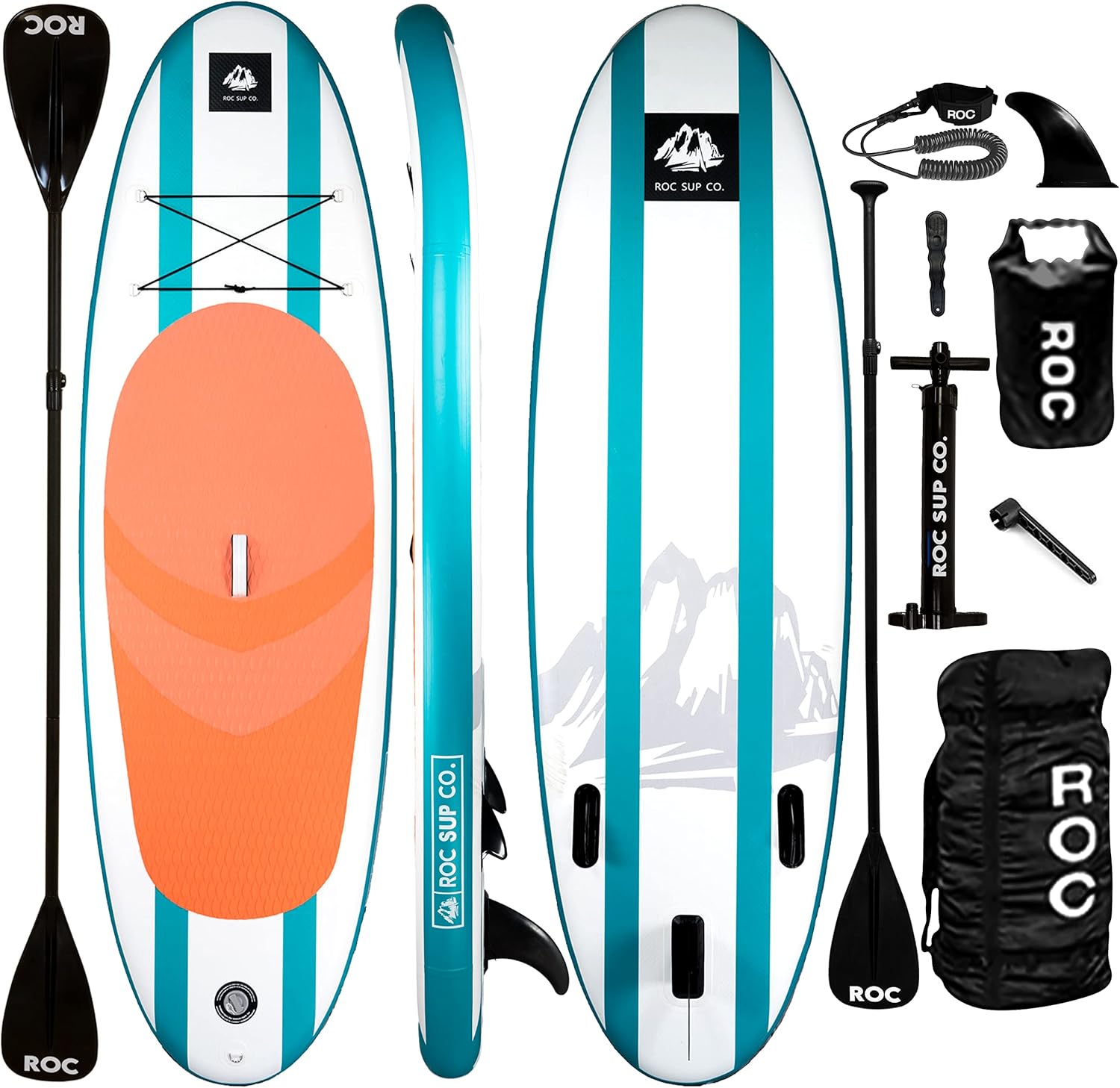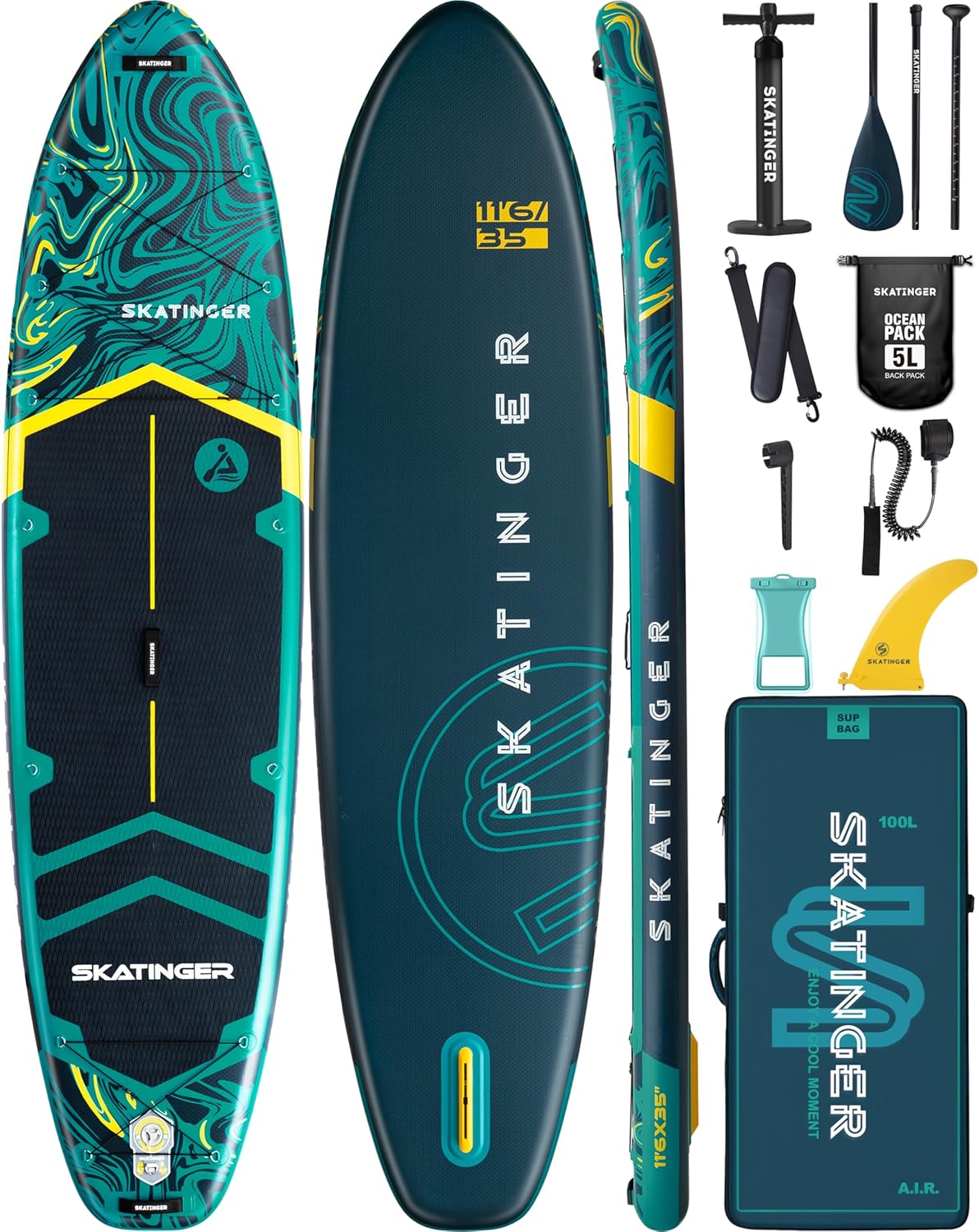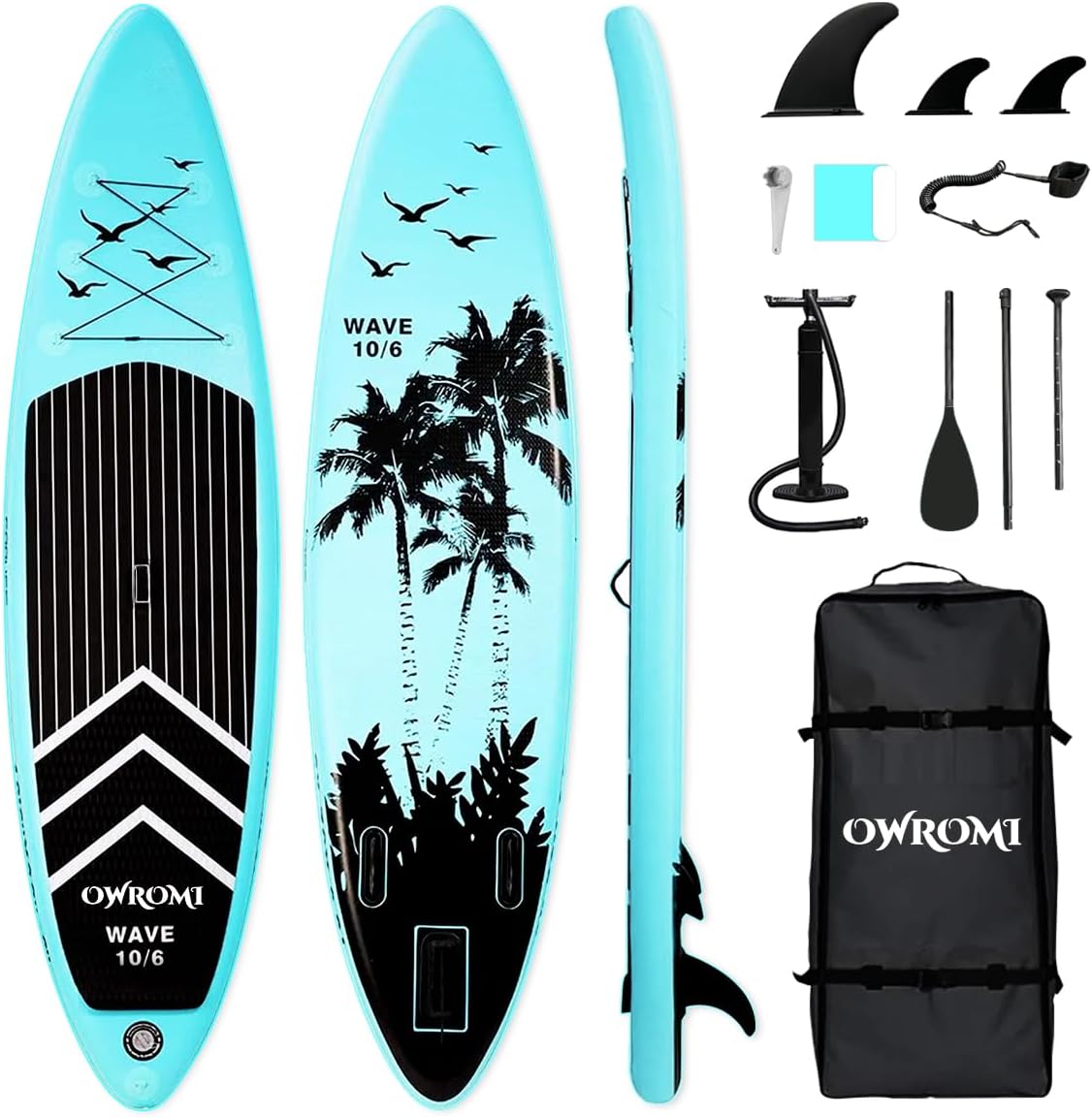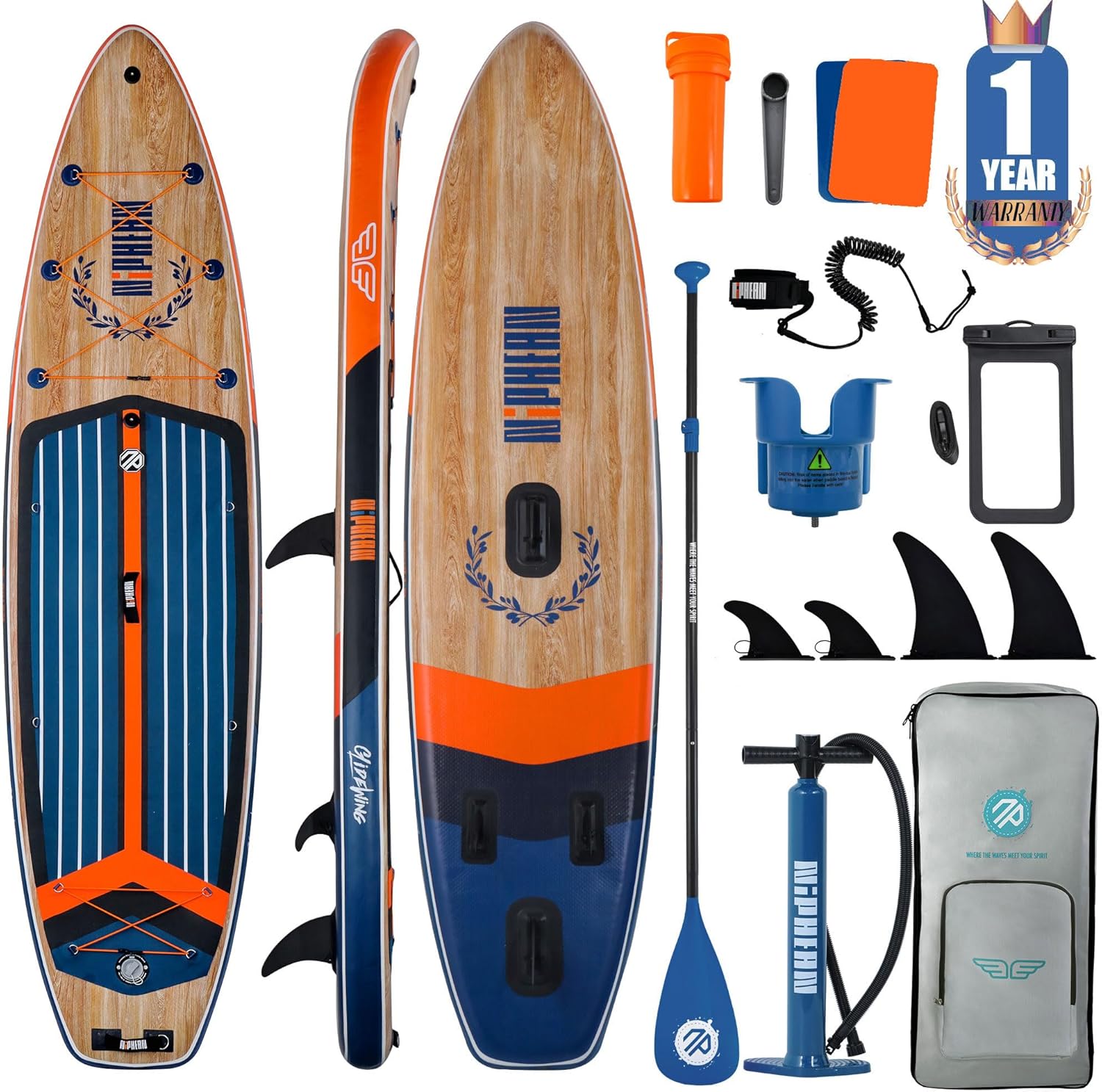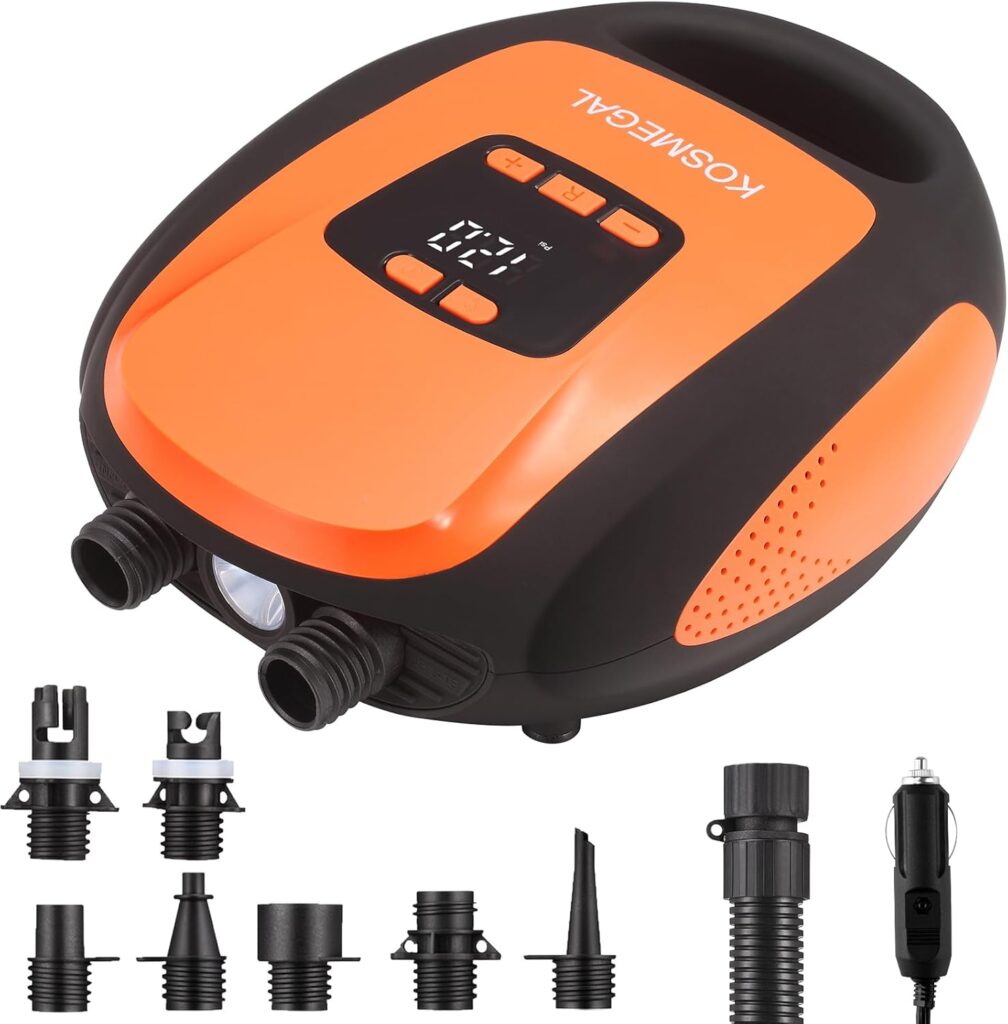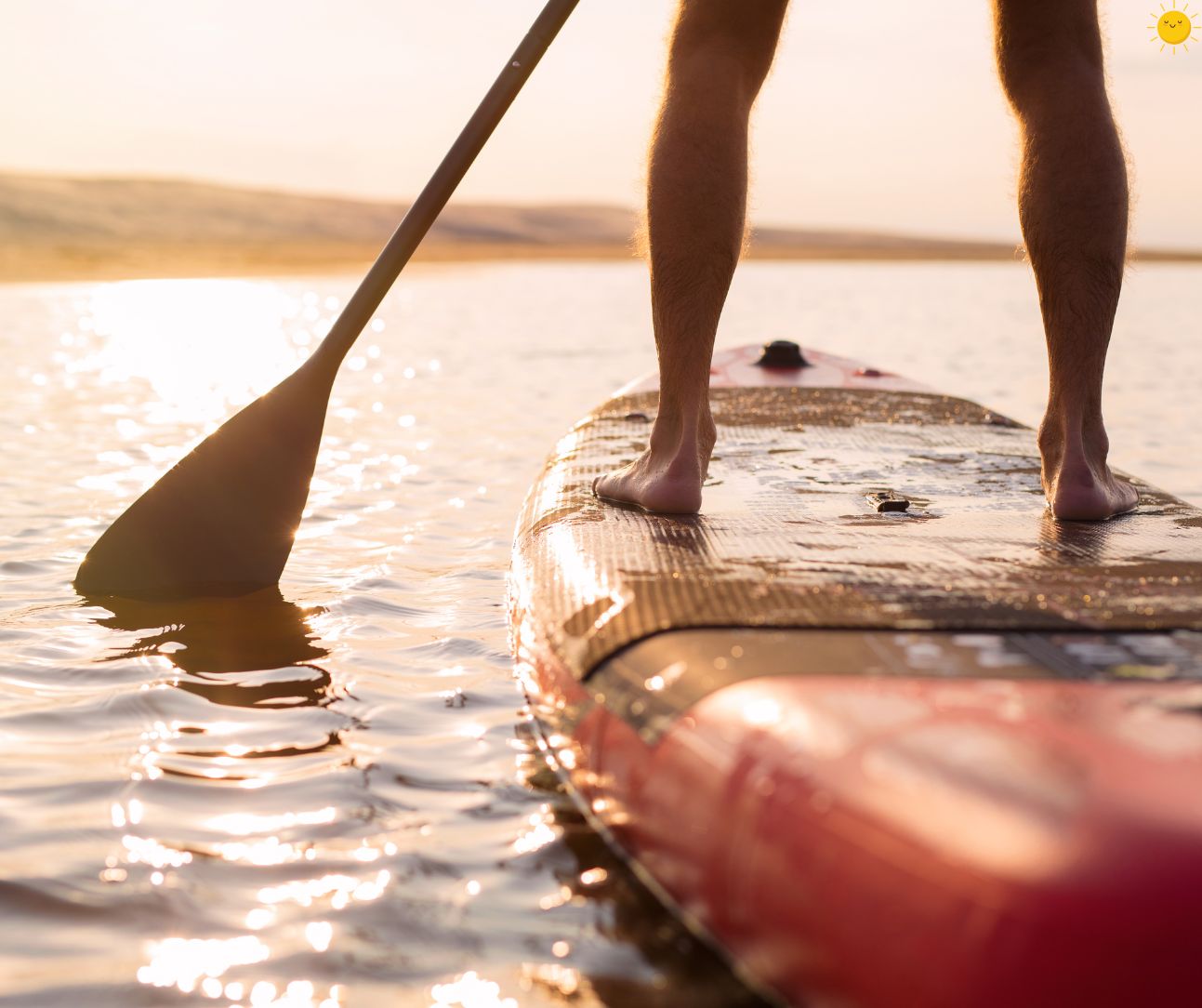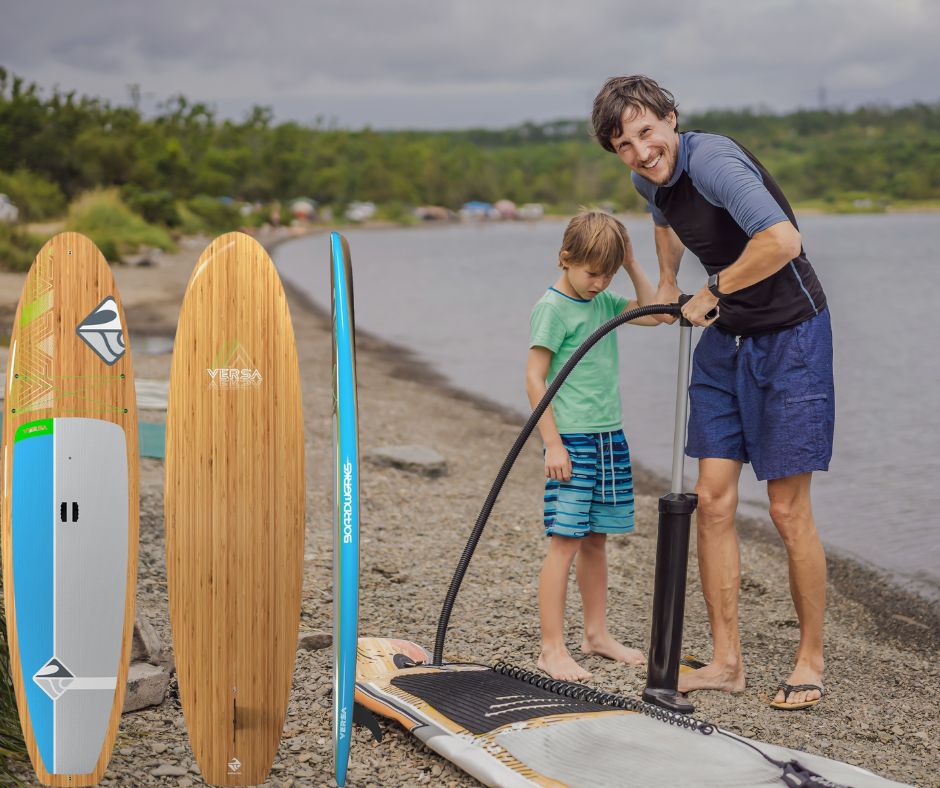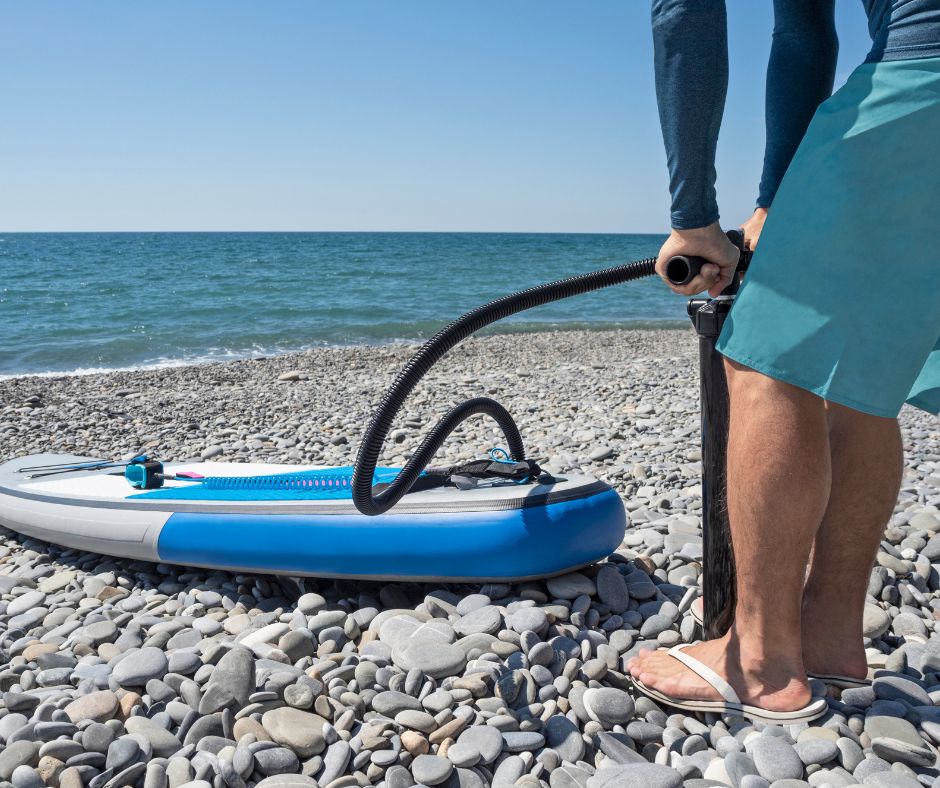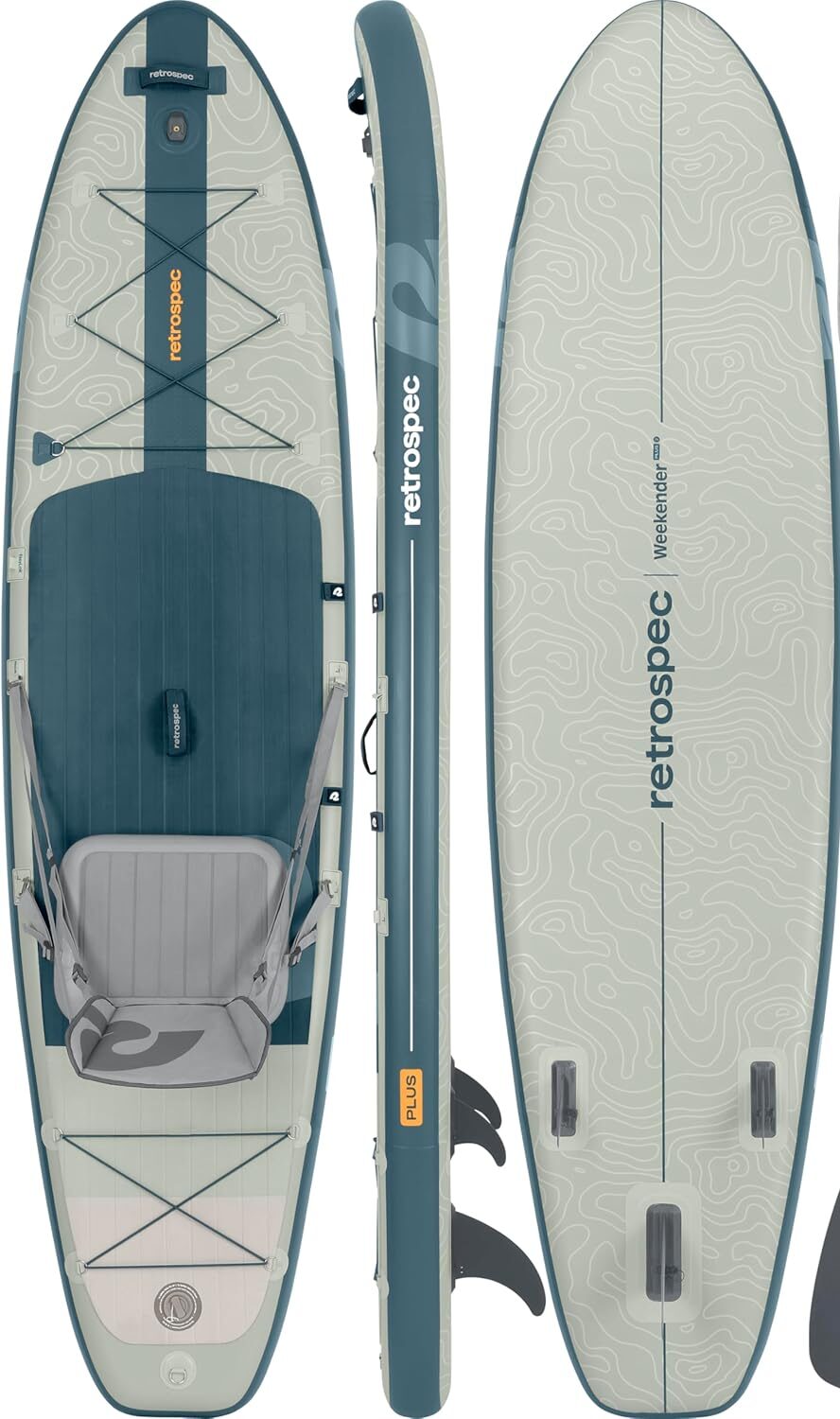How To Choose A Stand Up Paddle Board
How to choose a stand up paddle board might sound simple, but it’s not as easy as picking the best avocado at the store (and let’s be honest, even that’s a gamble).
Choose poorly, and your dream of paddling across serene waters could turn into an unexpected swimming lesson. But don’t worry – this guide is here to help you find the perfect board, from the best paddle boards to the best value beginner stand-up paddle board.
By the end of this article, you’ll know exactly what to look for, whether you’re a total newbie or chasing SUP racing glory. So, grab your metaphorical paddle, and let’s dive into everything you need to know about how to choose a stand up paddle board for you.
How to Choose a Stand Up Paddle Board
How to choose a stand up paddle board? The key to choosing the right SUP lies in understanding three main pillars: your needs, the board’s features, and the paddling conditions you’ll face. These factors will guide your decision:
- Your Skill Level
When it comes to how to choose a stand up paddle board, your skill level matters. Beginners benefit from boards designed for maximum stability, while seasoned paddlers might prefer performance-driven designs for speed or surf. - Intended Use
Different boards are designed for specific activities: touring, yoga, surfing, or racing. - Size and Shape
The board’s length, width, and thickness determine how it performs on the water. - Material and Build
Inflatable or solid? Each has its pros and cons, impacting portability and performance. - Budget
Your wallet might not love it, but investing wisely in a quality board ensures durability and a better experience.
Why the Right SUP Board Matters
Picking the wrong paddle board is like showing up to a black-tie event in flip-flops: technically functional, but you’ll probably feel out of place.
The right SUP board is tailored to your goals, skill level, and where you plan to paddle. With so many options out there, ranging from the best paddle boards for beginners to advanced racing models, making an informed choice ensures:
- Better Stability: No one wants to spend more time in the water than on it.
- Optimal Performance: A board designed for your activity (touring, yoga, or surfing) makes all the difference.
- Durability: Investing in a quality board means it won’t wear out faster than your sunscreen.
Let’s break it down and find the best paddle boards for your paddling dreams.
RELATED: Can Two People Fit On A Paddle Board
Understanding the Different Types of SUPs
|
|
|
|
If you want to know how to choose a stand up paddle board, understanding the different types of SUPs is necessary. Before jumping into specifics, it’s important to match the board to your intended use. Here’s a comprehensive look at the types of paddle boards available:
1. All-Around SUPs
Perfect for: Beginners, casual paddlers, and families.
If you’re looking for how to choose a stand up paddle board that is versatile and does a little bit of everything, all-around boards are your go-to. These boards are stable, beginner-friendly, and work for most water conditions, making them one of the best paddle boards for beginners.
Key Features
- Width: Typically 31-34 inches for excellent stability.
- Nose Shape: Rounded, which helps maintain balance.
- Uses: Great for leisurely paddling, some yoga, and light touring.
Pro Tip: If you’re just starting out, an all-around board with a wider base will give you the confidence to paddle without feeling like you’re balancing on a rolling log.
2. Touring SUPs
Perfect for: Long-distance paddlers and explorers.
Touring boards are built for efficiency and speed over long distances. These sleek boards are designed to glide smoothly over calm waters and handle light chop with ease.
Key Features
- Length: Typically 12’6” or longer for better tracking.
- Hull Shape: Displacement hull for cutting through water efficiently.
- Storage: Equipped with bungee tie-downs for carrying gear.
Picture yourself on a best inflatable paddle board, gliding past hidden coves, your backpack secured to the deck, and the sun setting on the horizon. That’s the touring SUP life.
3. Surfing SUPs
Perfect for: Wave chasers and advanced paddlers.
If you love the idea of catching waves but don’t want to ditch the paddle, surfing SUPs are the way to go. These boards are designed for agility and control, perfect for carving through surf zones.
Key Features
- Length: Shorter boards, typically under 10 feet.
- Tail Shape: Narrow or swallowtail for sharper turns.
- Build: Often solid boards for better responsiveness.
Fun Fact: Early paddleboarders were surfers looking for a way to paddle out faster – and now it’s a whole sport of its own.
4. Yoga SUPs
Perfect for: Yoga and fitness enthusiasts.
Yoga SUPs are wide, stable, and often come with a soft, grippy deck pad. They’re specifically designed to let you stretch, balance, and flow through your poses without tipping into the water.
Key Features
- Width: Extra-wide (34 inches or more).
- Deck Pad: Comfortable and slip-resistant for added grip.
- Weight Capacity: Supports your body weight and any additional gear.
Attempting a warrior pose on a SUP? It’s all fun and games until you’re face-first in the water. But hey, at least it’s refreshing!
5. Racing SUPs
Perfect for: Competitive paddlers and speed demons.
Racing boards are sleek and narrow, designed to slice through the water with minimal resistance. While they’re not the best paddle boards for beginners, they’re a dream for seasoned paddlers looking for speed.
Key Features
- Length: 12’6” or longer.
- Width: Usually 28 inches or less for better speed.
- Build: Lightweight materials like carbon fiber for optimal performance.
If you’re considering racing, check out “Is paddleboarding hard?” to ensure you’re up for the challenge!
READ ALSO: Are Retrospec Paddle Boards Good
Solid vs. Inflatable: Which SUP is Right for You?
When it comes to how to choose a stand up paddle board, deciding between a solid and an inflatable paddle board is important because SUP is all about balancing performance with portability.
Solid SUPs
Perfect for: Performance and durability.
Solid boards are the choice for those who prioritize speed, responsiveness, and tackling challenging water conditions.
Advantages
- Best for performance and durability.
- Excellent glide and tracking.
- Ideal for surfing and racing.
Disadvantages
- Bulky and less portable.
- Requires storage space.
Inflatable SUPs
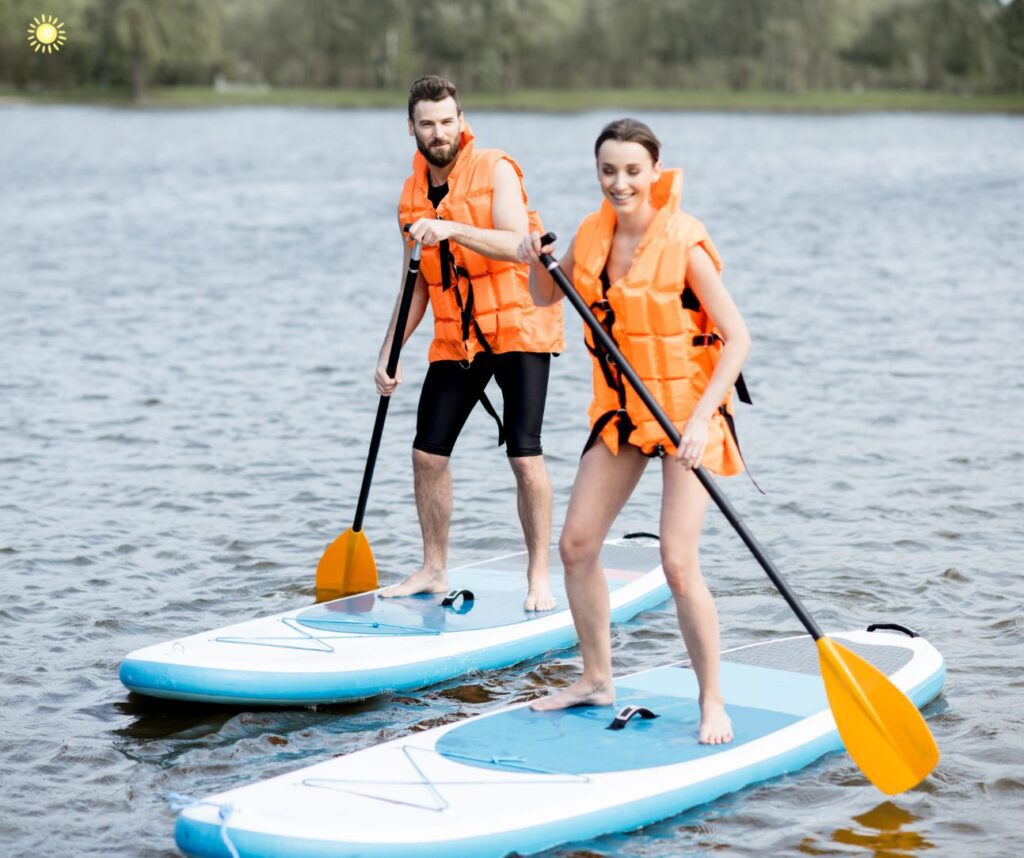
Perfect for: Travelers and recreational paddlers.
Inflatable boards, or ISUPs, are lightweight, portable, and easy to store. They’re some of the best value beginner stand-up paddle boards because of their versatility and durability.
Advantages
- Compact and easy to transport.
- Durable and resistant to dings.
- Suitable for yoga, touring, and all-around use.
Disadvantages
- Slightly less responsive than solid boards.
- Requires time to inflate and deflate.
Pro Tip: Some of the best inflatable paddle boards on the market are so sturdy they feel almost like solid boards once inflated.
SUP Board Size Guide
Choosing the right size is essential for stability, speed, and overall performance. Use this SUP board size guide to find your perfect fit:
Length
- Short Boards (Under 10 feet): Great for surfing and maneuverability.
- Medium Boards (10-12 feet): Best for all-around use and moderate touring.
- Long Boards (12’6” and up): Ideal for touring and racing.
Width
- Wide Boards (31-34 inches): Stable and beginner-friendly.
- Narrow Boards (Under 30 inches): Faster but require better balance.
Thickness
- Thick Boards (5-6 inches): Higher buoyancy for heavier paddlers.
- Thin Boards (4 inches or less): Better for lighter paddlers or surfers.
Did You Know? The board’s volume (calculated by length, width, and thickness) determines how much weight it can support.
SUP Fins: The Unsung Heroes of Stability and Control
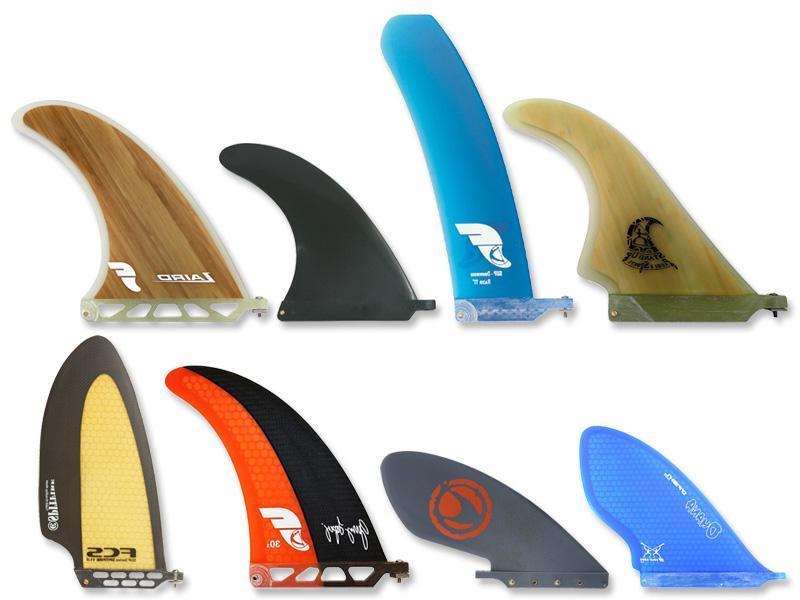
If the paddle board is the car, the fins are the tires – they keep you steady and help you steer. While they don’t get as much attention as the deck pad or paddle, the right fin setup can make or break your paddling experience.
Types of SUP Fins
1. Single Fin
Best for: Calm waters and straight tracking.
Why It’s Great: A single large fin reduces drag and keeps you moving forward efficiently. Perfect for leisurely paddles on lakes or flat seas.
Downside: Not ideal for quick turns or choppy water.
2. 2+1 Setup (Center Fin + Side Fins)
Best for: All-around use.
Why It’s Great: The center fin provides stability, while the side fins enhance maneuverability. It’s like having training wheels but cooler.
3. Tri-Fin (Thruster)
Best for: Surfing and choppy waters.
Why It’s Great: All three fins work together for added control, allowing you to make sharp turns. Surfers love this setup.
4. Removable Fins
Best for: Versatility.
Why It’s Great: You can swap fins depending on conditions or remove them for easy storage. Adjustable fins are like having a Swiss Army knife for your board.
Pro Tip: If you’re wondering how to choose a stand-up paddle board for multiple activities, opt for one with a removable fin system. You’ll thank yourself when switching from calm cruising to wave riding.
SUP Extras and Accessories: Gadgets That Take Your Paddle Game to the Next Level
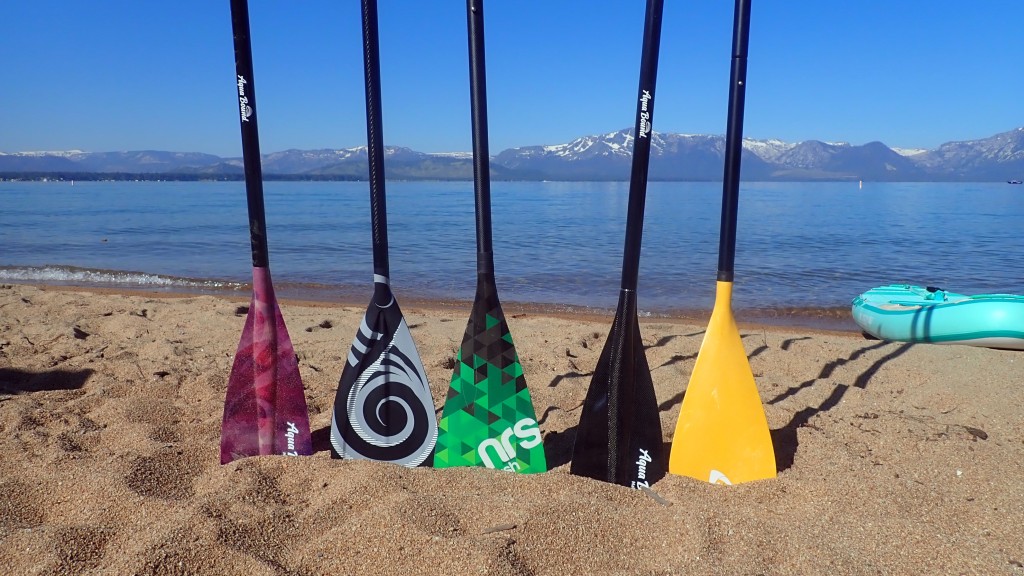
The board and paddle are just the beginning. The right accessories can turn an average paddling session into a next-level experience. Here’s a breakdown of must-haves:
1. Paddle
Adjustable vs. Fixed: Adjustable paddles are perfect for sharing with friends or experimenting with different lengths. Fixed paddles are lighter and more efficient for seasoned paddlers.
Material Matters: Look for lightweight materials like carbon fiber for better endurance.
2. Leash
Why You Need It: The leash keeps your board tethered to you, so if you fall off (it happens to everyone), it won’t drift away faster than your dignity.
3. Personal Flotation Device (PFD)
The Law: Many areas require a PFD by law.
Pro Tip: Inflatable PFD belts are less bulky and more comfortable while paddling.
4. Deck Bungees
For Storage: Use these to secure water bottles, dry bags, or even your lunch. Just remember: snacks are non-negotiable on long paddles.
5. Pump (For Inflatable Boards)
Hand vs. Electric: Hand pumps are reliable but tiring. Electric pumps save time and energy, which you’ll appreciate after a long day on the water.
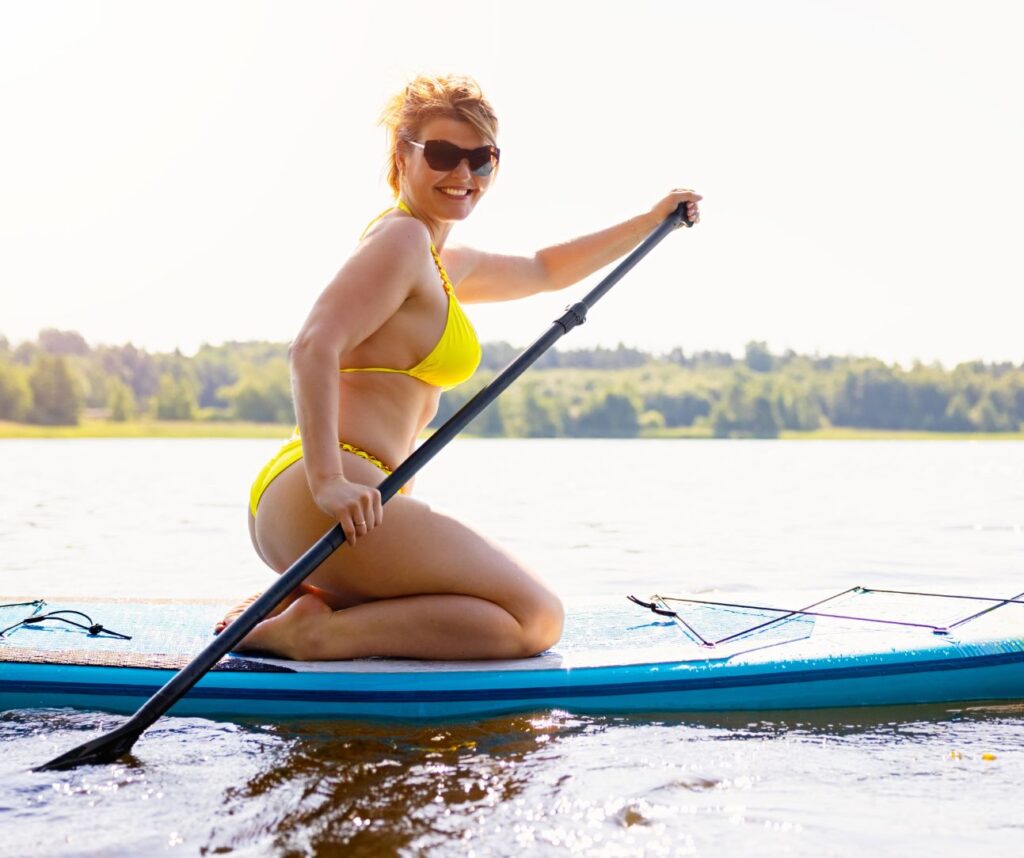
How to Choose a Stand Up Paddle Board for Beginners
Starting out can feel overwhelming. Between the jargon and the seemingly endless options, how to choose a stand-up paddle board might seem like solving a puzzle without the edge pieces. Here’s how beginners can simplify the process:
1. Prioritize Stability
Look for a board with extra width (31-34 inches) and a rounded nose. These features make it easier to balance, reducing your chances of an unexpected swim.
2. Opt for All-Around Boards
All-around boards are the best paddle boards for beginners. They’re versatile, forgiving, and work well in various conditions.
3. Consider Inflatable SUPs
Inflatables are softer underfoot, making them more comfortable for beginners. They’re also portable and durable, so you won’t have to worry about dings or scratches.
4. Don’t Skimp on Quality
Invest in a best value beginner stand-up paddle board from a trusted brand. A cheaper board might save you money upfront but cost more in frustration.
Starting with the right board can make the difference between loving the sport or giving up after one shaky session.
Things I Wish I Knew When I Started Stand-Up Paddleboarding
Everyone starts somewhere, and hindsight is 20/20. Here are some lessons you don’t have to learn the hard way:
- Don’t Overinflate or Underinflate Your Board
Proper inflation ensures the board performs as it should. Check the manufacturer’s recommended PSI and stick to it. - Foot Placement Matters
Stand too far forward or backward, and you’ll feel like a teetering toddler. Keep your feet shoulder-width apart, centered over the handle. - Invest in a Quality Paddle
A lightweight paddle makes a world of difference. My first paddle weighed more than my enthusiasm after falling in for the tenth time. - Check the Weather
Windy days can turn a relaxing paddle into an intense workout. Always check conditions before heading out. - You Will Fall, and That’s Okay
Falling is part of the process. Laugh it off and get back on – after all, the water is half the fun!
Paddle Board Size Calculator: Find Your Perfect Fit
Choosing the right size is essential to finding your paddling groove. Use this simple SUP board size guide:
- For Beginners: Opt for longer boards (10-12 feet) with extra width for stability.
- For Touring: Choose a longer board (12’6” or more) with a narrower width for better speed and tracking.
- For Surfing: Pick a shorter board (under 10 feet) for maneuverability.
What Size Paddle Board Do I Need for My Height?
Paddle Board Size Calculator
Your Paddle Board Recommendation
Recommended Length:
Recommended Width:
Recommended Thickness:
Recommended Volume: liters
Your height and weight directly affect your board’s performance. Here’s how to determine the right size:
- Consider Your Weight: Boards with higher volume (measured in liters) can support more weight.
- Match Your Height: Taller paddlers should opt for longer boards to maintain balance.
- General Guide:
- Under 5’6”: A 10’6” board is a good fit.
- 5’6” to 6’0”: Try an 11’ or 11’6” board.
- Over 6’0”: Go for a 12’ or longer board.
The Bottom Line on How to Choose a Stand Up Paddle Board
How to choose a stand up paddle board? Choosing the right SUP can seem overwhelming, but with this guide, you’re ready to find the best paddle boards for your needs. Now that you know how to choose a stand up paddle board, you can choose the best paddle board for you.
Whether you’re looking for the best inflatable paddle board, the best value beginner stand up paddle board, or diving into a detailed SUP board size guide, there’s a perfect board waiting for you.
